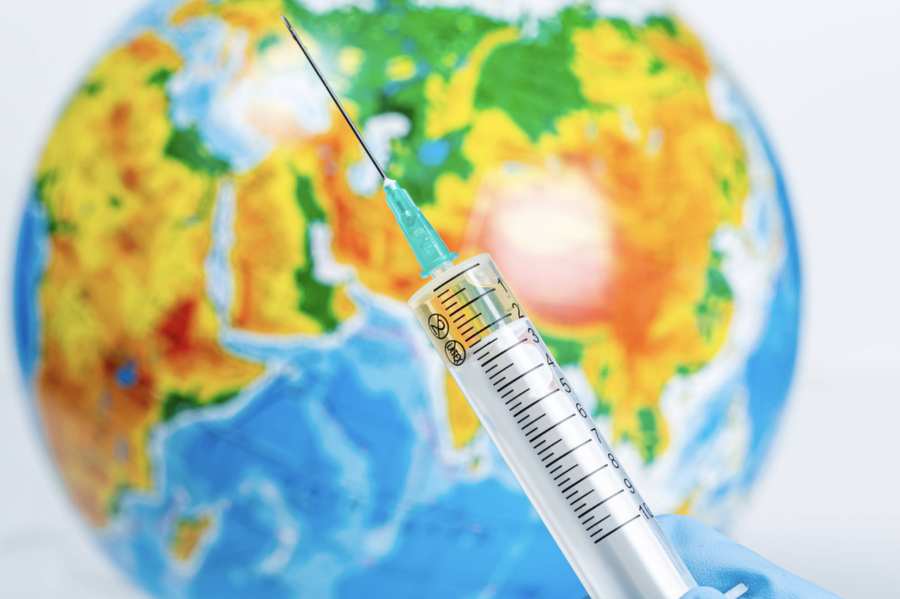As the entire globe anxiously waits for an end to the pandemic that has infected over 51 million people and taken over 1.2 million lives worldwide, Pfizer — the pharmaceutical company centered in New York City — released early data from phase three of its coronavirus vaccine trials. The data shows that the vaccine is more than 90% effective.
The phase three trial conducted by Pfizer and BioNTech included 43,538 participants. The two companies, partnered together, reported “no serious safety concerns have been observed” thus far in addition to the positive prevention rate. Based on this early data, individuals who receive the vaccine are protected at 28 days after the first dose, and the vaccine uses a two-dose process.
The company said that the analysis found that the vaccine was more than 90% effective in preventing COVID-19 among trial volunteers who had no evidence of prior coronavirus infection. Half of the participants received two doses of the vaccine, and half received a placebo. The first analysis was based on 94 volunteers who developed COVID-19, the disease caused by the novel coronavirus strain. More than 90% of the 94 cases of the disease came from the placebo group.
“The first interim analysis of our global phase three study provides evidence that a vaccine may effectively prevent COVID-19. This is a victory for innovation, science and a global collaborative effort,” said Dr. Ugur Sahin, BioNTech co-founder and CEO.
As the pandemic has further uncovered the disparities, both economically and in our healthcare landscape, the CEO of Pfizer, Albert Bourla, told Dr. Sanjay Gupta of CNN that the vaccine will be available for free to all American citizens.
Pfizer plans to ask the U.S. Food and Drug Administration for emergency authorization of the two-dose vaccine later this month after it has collected the recommended two months of safety data.
“A couple of cautionary notes are that these results haven’t been released or published in a peer-reviewed journal article. Also, many of the participants in the Phase III trial haven’t been followed up for even a full 60 days yet (important for identifying adverse events),” said Will Humble, the executive director of the Arizona Public Health Association, in his blog post.
Another potential downside from the vaccine comes from the way it was manufactured. BioNTech used a technology that had never been approved for use in people. It takes genetic material called messenger RNA — referred to as mRNA — and injects it into muscle cells, which treat it as a recipe for building proteins.
RELATED: Amidst presidential election, the U.S. reports record-setting days of coronavirus cases
The proteins then stimulate the immune system and result in long-lasting protection against the virus through the production of antibodies. The wide-scale distribution of Pfizer’s vaccine will be somewhat of a logistical challenge. Because it is made with mRNA, the doses will need to be kept at very cold temperatures.
While Pfizer has developed a special cooler to transport the newly-produced vaccine and promised the vaccine at no cost, it remains unclear where people will receive the shots and what role the federal government will play in its distribution. Adding to the challenge, people will need to return three weeks later for a second dose to complete the immunization.
Follow Amit Syal on Twitter









